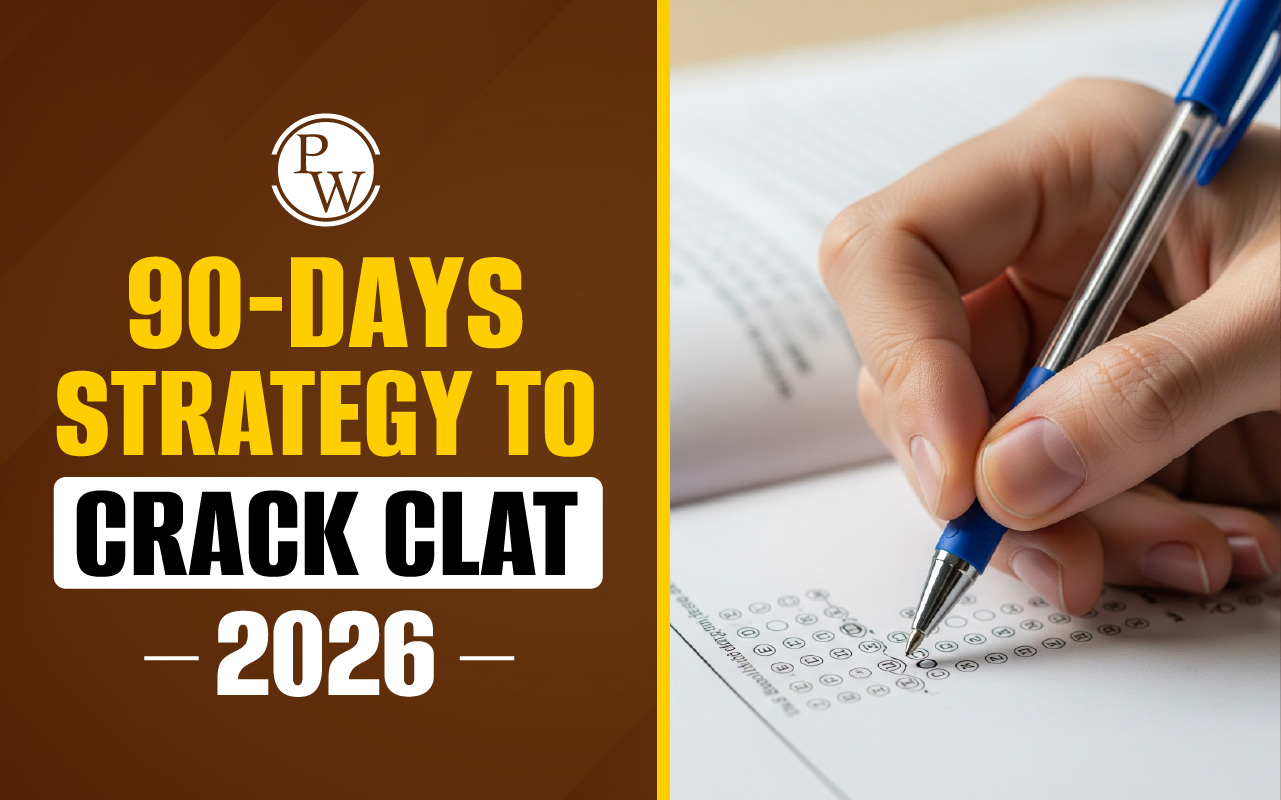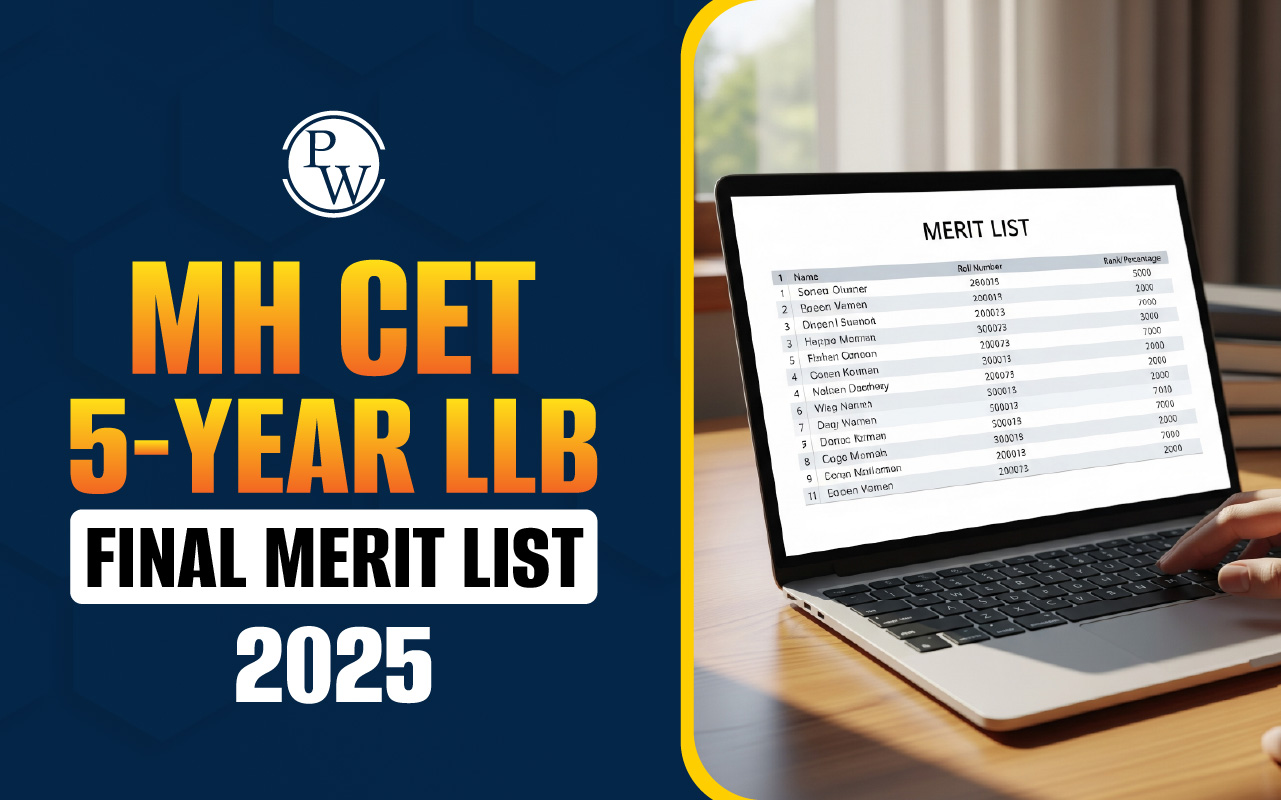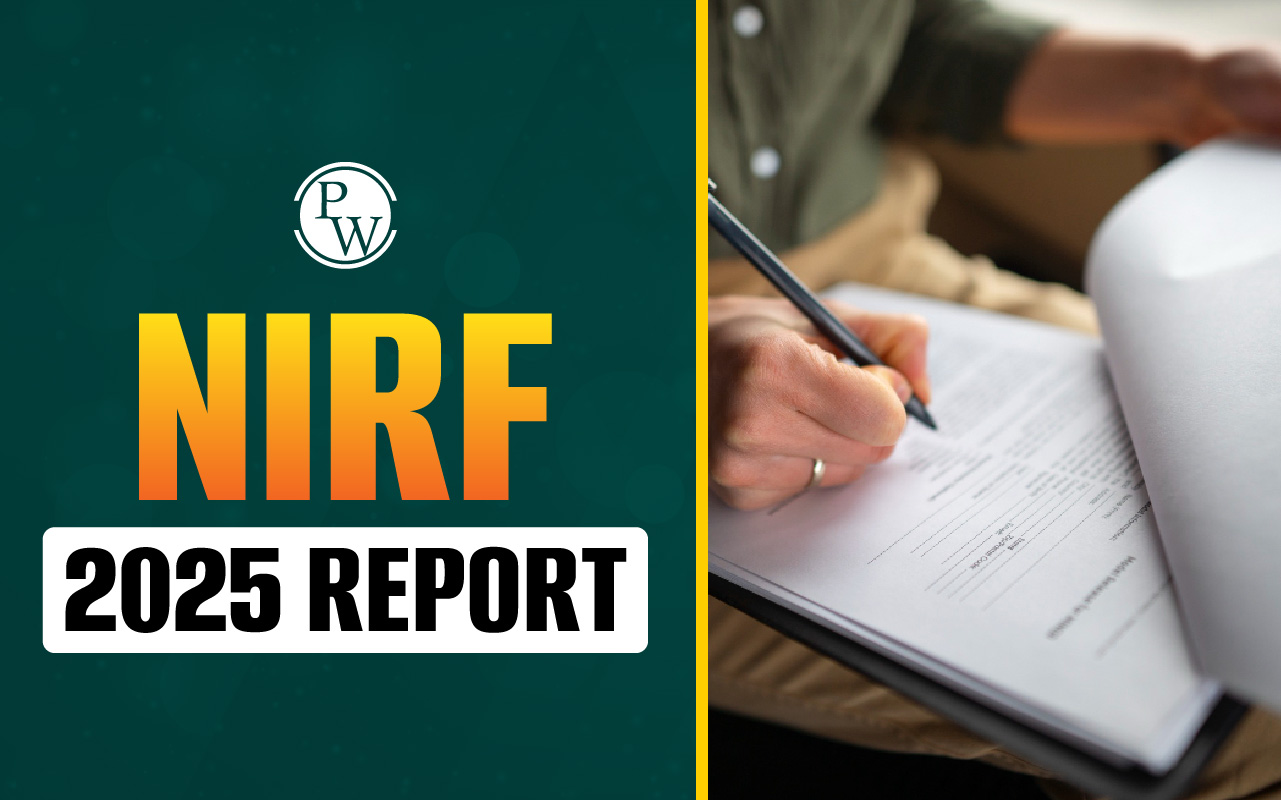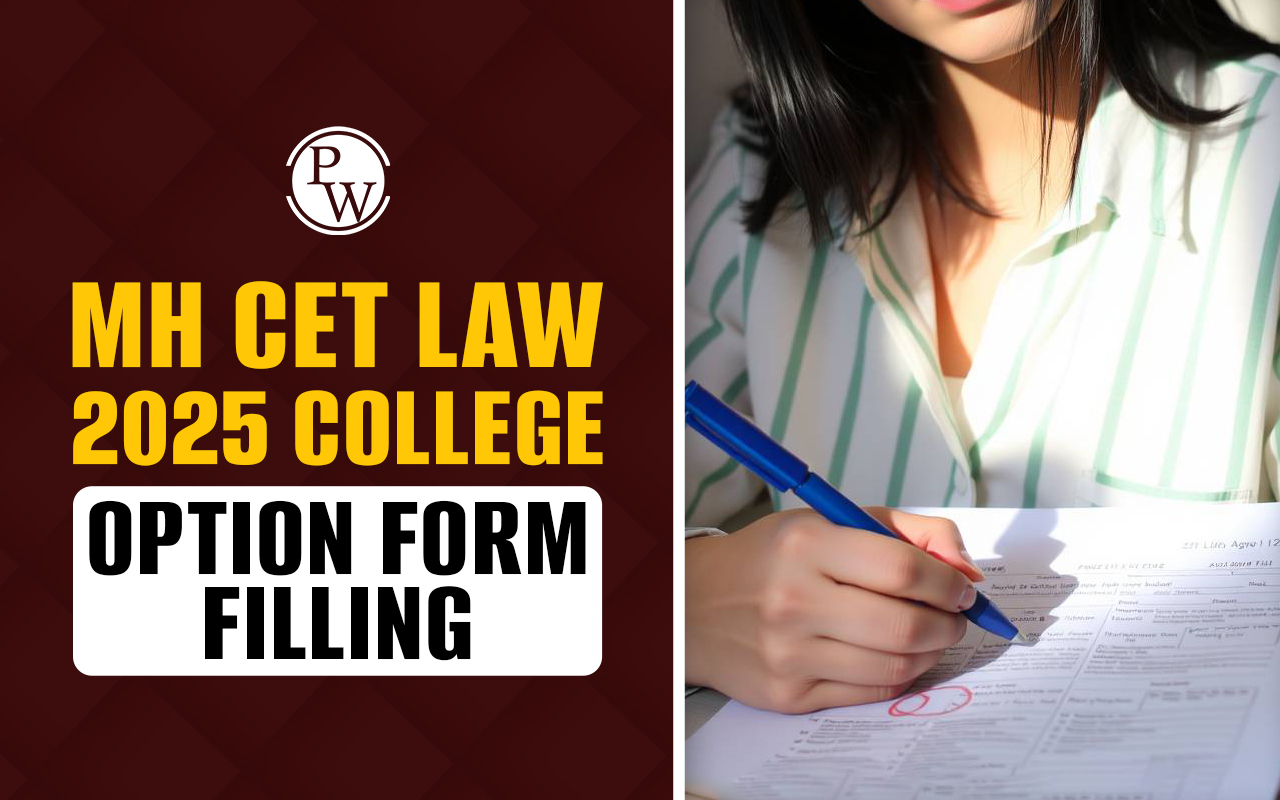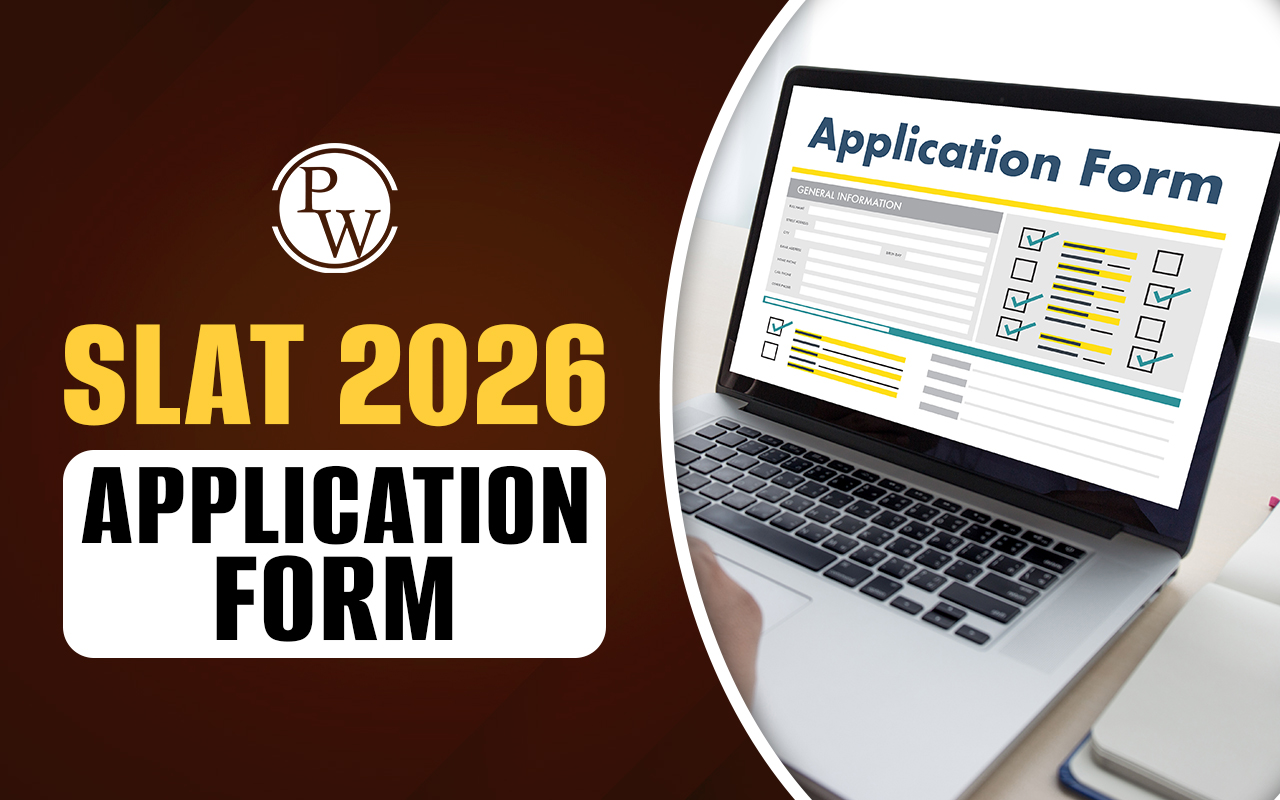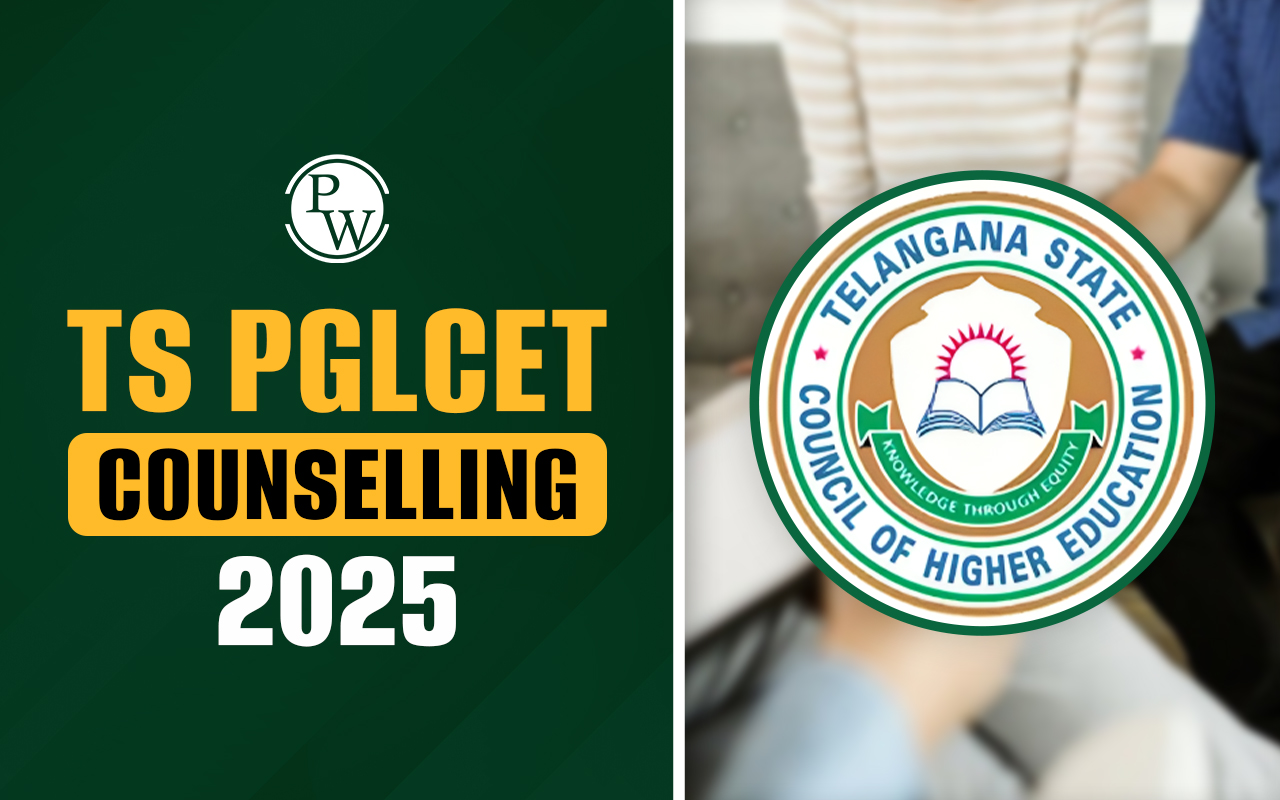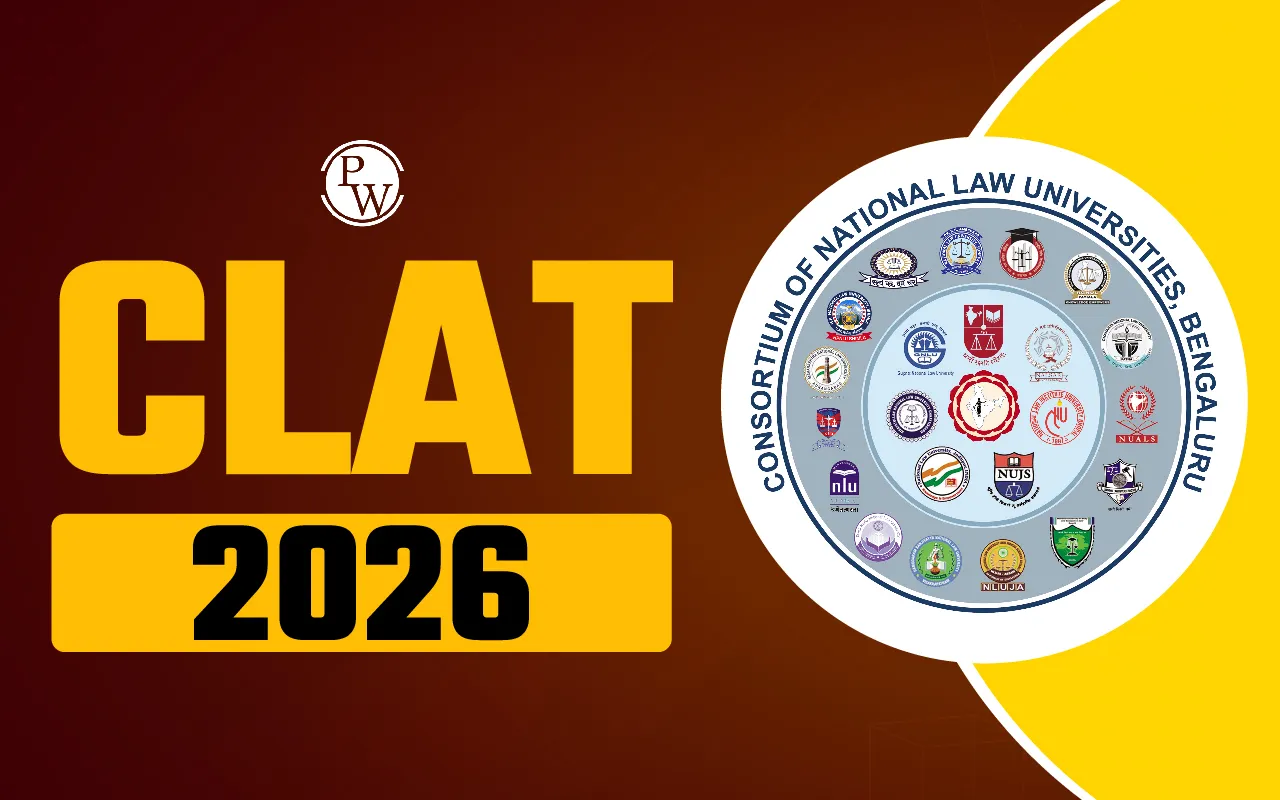
CLAT Exam Pattern 2026: The Consortium of NLUs will prescribe the CLAT exam pattern 2026 on its official website at consortiumofnlus.ac.in along with the official notification. It provides details of the exam structure, types of questions asked, sections included, and marking scheme. Until the exam authorities announce any changes, the CLAT exam pattern will remain the same as the previous year's CLAT edition.
CLAT 2026 will consist of 120 multiple-choice questions spread across five sections, namely, English Language, Current Affairs including General Knowledge, Legal Reasoning, Logical Reasoning, and Quantitative Techniques to be completed in two hours. Each question will be of one mark, and a penalty of 0.25 marks for every incorrect answer will be applicable. CLAT 2026 will be held in offline mode. Understanding this pattern is crucial for effective time management and strategic preparation for the entrance test.
Checkout Law Books from PW Store
CLAT Exam Pattern 2026 Overview
The Common Law Admission Test (CLAT) 2026 is an offline, pen-and-paper exam designed to assess candidates' aptitude for legal education. As per the CLAT exam pattern there are a total of 120 multiple-choice questions spread across five sections: English Language, Current Affairs & General Knowledge, Legal Reasoning, Logical Reasoning, and Quantitative Techniques. The exam focuses on testing comprehension, reasoning skills, and aptitude rather than prior legal knowledge. The maximum score for the exam is 120 marks, with questions primarily based on comprehensive passages in each section. The maximum score for the exam is 120 marks, with questions primarily based on comprehensive passages in each section. The table below highlights the important aspects of CLAT exam pattern 2026.| CLAT Exam Pattern 2026 Overview | |
| Particulars | Details |
| Time duration | 2 Hours |
| Examination Mode | Offline (Pen-and-paper-based) |
| Exam Conducting Body | Consortium of National Law Universities (NLUs) |
| Question Type | Objective-Type |
| CLAT Total marks | 120 marks (Both CLAT UG and CLAT PG) |
| CLAT UG Marking Scheme | 1 Mark for Each Correct Answer |
| Negative Marking | Incorrect answer - 0.25 marks deduction |
| Language | English |
CLAT 2026 Marking Scheme
The CLAT exam pattern 2026 dictates that candidates will be awarded a +1 mark for each correct response. There will be 120 objective questions worth 1 mark each, bringing the total to 120 marks. No marks will be awarded or deducted for unanswered questions. Candidates can get details of the CLAT marking scheme 2026 from the table provided below.| CLAT 2026 Marking Scheme | |
| Particulars | Details |
| Correct Answer | +1 mark |
| Incorrect Answer | -0.25 marks |
| Unanswered Question | No Marks Deducted/Awarded |
CLAT Exam Pattern 2026 Section-Wise Weightage
The subject-wise weightage in the CLAT 2026 outlines the distribution of marks across different sections. Current Affairs including General Knowledge along with Legal Reasoning hold the maximum weightage with 25% each. The Quantitative Techniques section, covering elementary mathematics, has the lowest weightage at 10% with 10-14 questions. By understanding the distribution of marks across all subjects in CLAT 2026, candidates can prepare by focusing on areas with higher weight, ensuring a balanced approach. The table gives details of the sections asked and distribution of marks in CLAT 2026.| CLAT Exam Pattern 2026 Section-Wise Weightage | |||
| Sections | Number of Questions | Section-Wise Marks Distribution | Weightage |
| English Language | 22-26 | 22-26 | 20% |
| Current Affairs Including General Knowledge | 28-32 | 28-32 | 25% |
| Legal Reasoning | 28-32 | 28-32 | 25% |
| Logical Reasoning | 22-26 | 22-26 | 20% |
| Quantitative Techniques | 10-14 | 10-14 | 10% |
| Total | 120 | 120 | 100% |
CLAT 2026 Exam Pattern Subject-Wise Details
Candidates can check out the CLAT exam pattern for each section below.
- CLAT English Language Section: This section comprises 22-26 questions cumulating a total weightage of 20% in the exam. The questions will be mainly passage-based of about 450 words derived from significant fiction or nonfiction writings. The difficulty level is as per class 12th. The section can be ebay yet tricky.
- CLAT GK and Current Affairs Section: This section will consist of 28-32 passage-based questions on current affairs. The total weightage of this section is 25% in the exam. The questions will be based on static general knowledge, national and international news, and other relevant topics.
- CLAT Legal Reasoning Section: A total of 28-32 questions will be asked in this section. The questions will be based on passages of around 450 words derived from topics like public policy-making, legal matters, or moral philosophical inquiries.
- CLAT Quantitative Techniques: A total of 10-14 questions are asked in this section with a weightage of 10% in the exam. The questions will be based on topics of elementary mathematics such as ratio and ratio and proportions, basic algebra, mensuration, and statistical estimation.
- CLAT Logical Reasoning: In this section, you will get a total of 22-26 questions. CLAT reasoning section carries a 20% weightage in the exam. It consists of 450-word passages followed by multiple-choice questions based on the passage.
CLAT 2026 UG Syllabus
The CLAT 2026 UG syllabus is designed to evaluate candidates' aptitude for legal studies through five distinct sections: English Language, Current Affairs & General Knowledge, Legal Reasoning, Logical Reasoning, and Quantitative Techniques. Candidates will be presented with 450-word passages in most sections, requiring them to demonstrate critical thinking, language proficiency, and general awareness. The following table gives details of the important topics across all five sections of CLAT 2026 exam.| CLAT 2026 UG Syllabus | |
| Subjects | Topics |
| English Language | Sentence Correction, Grammar, Antonyms & Synonyms, Tenses, Active & Passive Voice, Fill in the Blanks |
| Current Affairs including General Knowledge | National and International Affairs, Sports, Awards & Honors, Arts & Culture, Government Schemes, Historical Events |
| Legal Reasoning | Indian Constitution, Directive Principle of State Policy, Local Governments, Fundamental Rights, Duties, Judiciary, Parliament, Landmark Judgments, Current Legal Affairs, Law of Torts, Law of Contract, Family Laws |
| Logical Reasoning | Logical Sequences and Matching, Syllogism, Seating Arrangement, Blood Relations, Analogies |
| Quantitative Techniques | Basic Algebra, Mensuration, Statistical Estimation, Algebra, Ratio & Proportion |
CLAT 2026 Exam Pattern Important Instructions
Candidates can overview the following instructions related to CLAT exam pattern 2026.
- Since the CLAT 2026 will be held in offline mode, try reaching the exam centre before the reporting time .
- The question paper consists of multiple-choice questions (MCQs) covering key sections relevant to the exam’s focus. Start with the section which you feel is easy.
- You will be allotted 2 hours to complete the exam. Try to cover all sections within the time limit.
- Read the instructions thoroughly about the exam center, allowed materials, and timing to avoid disqualification.
- Bringing valid identification and the admit card is mandatory for entry into the exam hall.
CLAT Exam Pattern 2026 FAQs
What is the duration of the CLAT 2026 exam?
How many sections are there in the CLAT 2026 exam?
What is the medium of instruction for CLAT 2026?
What is the total number of questions in CLAT 2026?
How many marks are each question worth?




